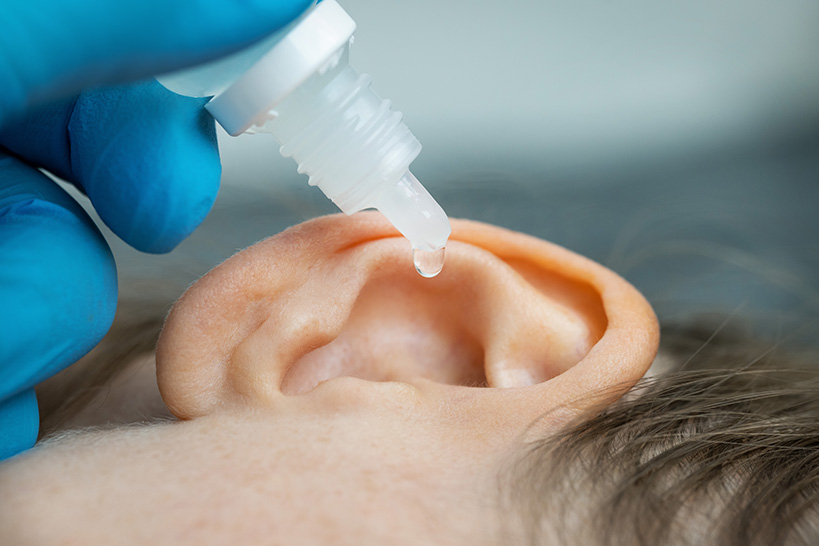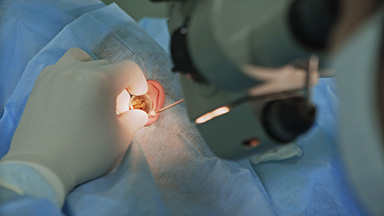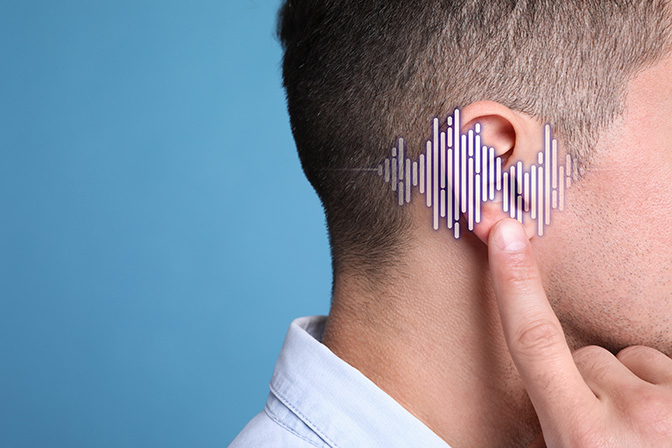Dr. Ronald Chin’s Take On Mastoiditis Treatment
Dr. Ronald Chin’s Take On Mastoiditis Treatment
The inflammation of mastoid cells is called mastoiditis. Mastoid cells are continuous throughout the middle ear cavity. During an AOM episode, inflammation spreads to the mucosal lining of the mastoid air cells, leading to mastoiditis.
To diagnose this disease, a CT scan of the temporal bone is required. Blood tests might also be done.
To treat this, IV antibiotics are used. Additionally, myringotomy and ventilation tubes may also be used. But in case of failure of medical treatment or symptoms of intracranial complications such as brain abscess, meningitis, or venous sinus thrombosis, surgery may be required.
Some extracranial complications that can occur are subperiosteal abscess, osteomyelitis, labyrinthitis, and facial nerve palsy.
Glue ear, after draining the ear drum
Glue ear, intact ear drum
- About the Author
- Latest Posts
Dr Ronald Chin is an Australian trained Otolaryngologist Head and Neck Surgeon.
After graduating as a Fellow of the Royal Australasian College of Surgeons, Dr Chin undertook further specialised training in Head and Neck Cancer at the Royal College of Surgeons in Ireland.
He has published many research papers and is an active teacher and scholar.
As part of his subspecialty training, Dr Chin has training in Laser, Da Vinci Robotic, Flex Robotic and complex surgical techniques.
In addition to specialised Head and Neck Cancer, Dr Chin also enjoys general adult and paediatric ENT Surgery and practices sinus, snoring/sleep and general paediatric ENT Surgical procedures.
Dr Ronald Chin works as a general Otolaryngologist, offering a wide range of surgical and non-surgical treatments including ear surgery, nose surgery and throat surgery. He provides treatment for chronic conditions such as tonsillitis, sinus problems and problems with hearing.
He is also involved in the diagnosis and treatment of many conditions such as facial paralysis, head and neck cancer and sleep apnea. As well as performing surgery on children, he also provides specialist care for adults, including the treatment of throat disorders, voice loss and ear problems.
Dr Chin has also served as a Conjoint Associate Professor at the University of Sydney, a Conjoint Associate Professor at Western Sydney University and an Adjunct Associate Professor at the University of Technology Sydney.








